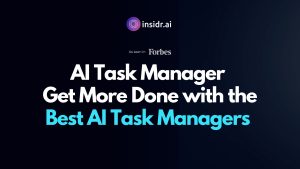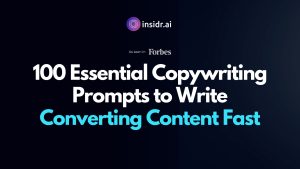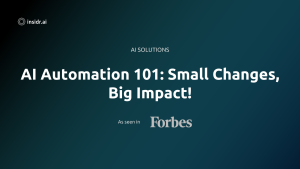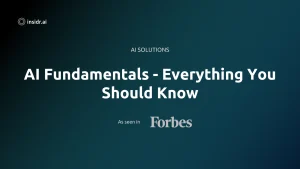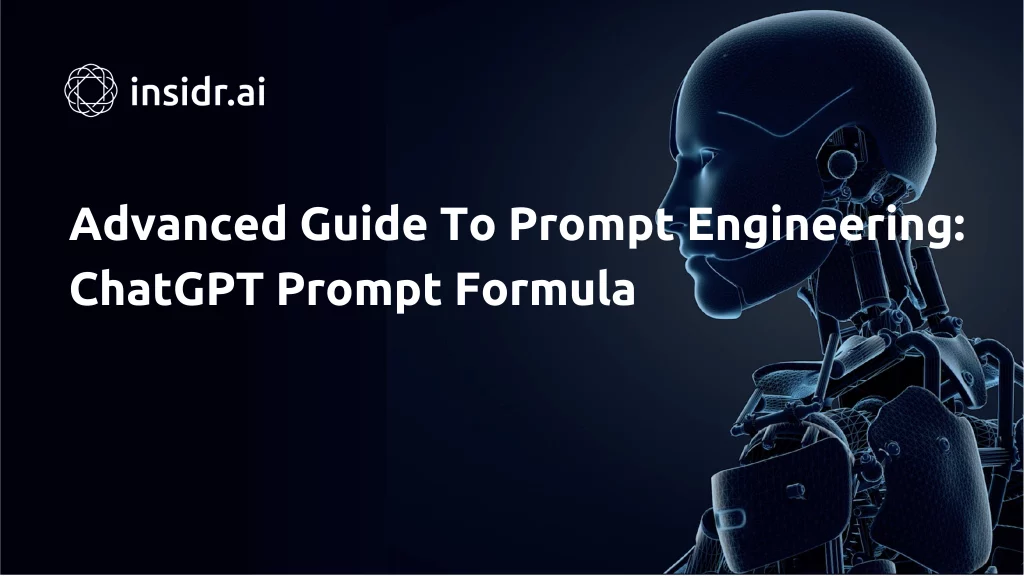
Are you struggling to harness the true potential of ChatGPT and Google Bard? You’re not alone.
In this comprehensive guide, we will unveil the only formula you’ll ever need to master the art of prompt engineering.
Whether you’re a tech enthusiast or a professional, understanding how to craft the perfect prompt is crucial.
Join us on this journey as we explore the six building blocks that constitute an effective prompt, providing you with the tools to consistently generate high-quality outputs.
The Six Building Blocks of a Good Prompt
To create a perfect prompt, you must first grasp the significance of each of its components.
Here’s a breakdown of the six building blocks:
1. Task
The task is where it all begins. Always start your task sentence with an action verb like “generate,” “give,” “write,” or “analyze.”
Clearly define your end goal, whether it’s a simple task like generating a three-month training program or a more complex one involving multiple steps.
2. Context
Context is a crucial component but should be used judiciously. Ask yourself these three key questions:
What’s the user’s background?
What does success look like?
What environment are they in?
Providing just enough context to constrain possibilities is essential for productive interactions.
3. Exemplars
Including examples within your prompt greatly enhances output quality.
Whether it’s rewriting a resume bullet point, preparing for an interview, or crafting a job description, exemplars help guide the model and yield better results.
4. Persona
Consider who you want ChatGPT and Bard to embody. Visualize the ideal persona that aligns with the task at hand.
It could be a physical therapist, a recruiter, or even a fictional character like Batman, depending on your needs.
👉 Read more: Best AI Chatbots
5. Format
Visualize the end result’s format.
Whether it’s a table, email, bullet points, or paragraphs, be clear about how you want the information presented.
This visualization helps communicate your expectations effectively.
6. Tone
Tone sets the mood of the response. Specify whether you want a casual or formal tone, enthusiasm, or a confident yet friendly voice.
Communicating the desired tone ensures your prompt’s output matches your intentions.
How To Use The Perfect Prompt Formula
So do you have to use all components of the prompt formula every time?
No, you don’t.
There are some components that are more important than others, and it all depends on the prompt and task you are working on.
The more detailed, and the more components, the better the results can be, but it doesn’t mean you need all of them every time.
Here is an illustration of how you can think of the different components, from mos important, to less important:
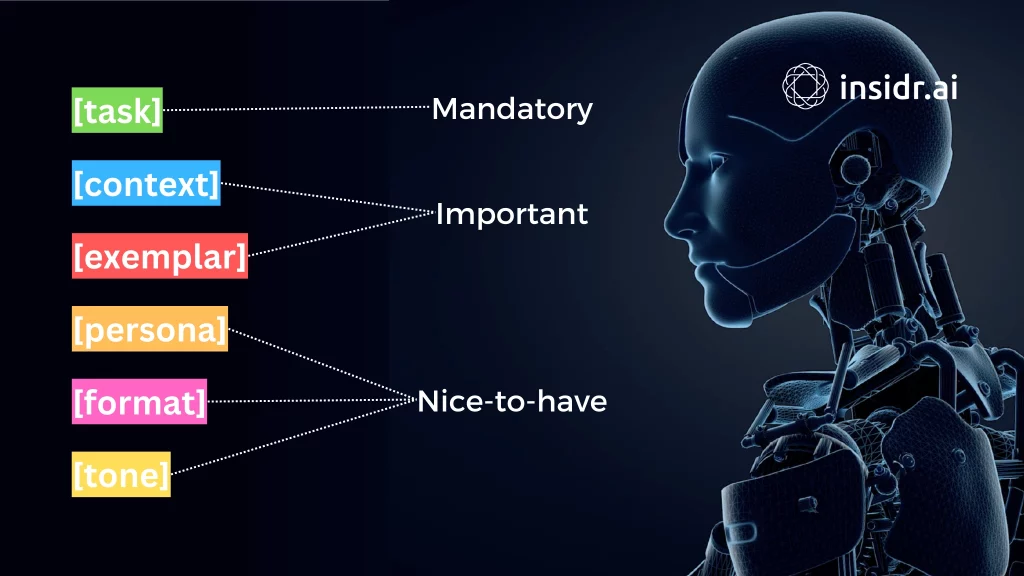
Keep this prompt formula in mind when you use ChatGPT to get the results you seek.
Crafting the Perfect Prompt
Now that we’ve dissected the building blocks, let’s put them all together in a comprehensive prompt:
”You are a senior product marketing manager at Apple (Persona), and you have just unveiled the latest Apple product in collaboration with Tesla, the Apple car, receiving 12,000 pre-orders, 200 higher than the target (Context). Write an email to your boss, Tim Cook, to tell him about the news (Task and Format). The email should include a ‘TL;DR’ section, project background, business results with quantifiable metrics, and end with gratitude to the product and engineering teams (Format). Be clear and concise in your speech, and write the letter in a confident and friendly tone (Tone).”
(Example prompt inspiration from Jeff Su)
More Perfect Prompt Examples:
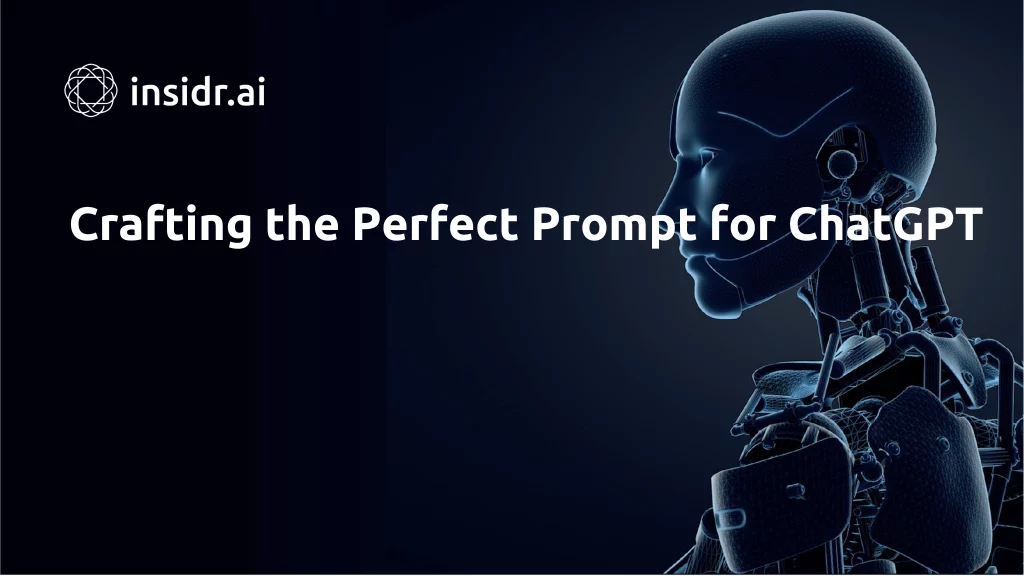
1. Software Development Scenario:
”You are a lead software engineer at a tech startup (Persona), and your team has successfully developed a groundbreaking AI-powered chatbot, exceeding user engagement targets by 300% (Context). Write an email to your CEO, Jane Smith, highlighting this achievement (Task and Format). The email should feature a ‘TL;DR’ section, project background, user engagement metrics, and conclude with appreciation for the team’s dedication (Format). Communicate in a professional yet enthusiastic tone, emphasizing the potential impact of this success on the company’s growth (Tone).”
2. Nonprofit Fundraising Campaign:
”You are the director of a nonprofit organization (Persona), and your recent fundraising campaign to provide clean drinking water in underserved regions has surpassed the donation goal by 150% (Context). Draft an email to your board of directors, expressing the campaign’s success (Task and Format). The email should encompass a concise summary, campaign background, fundraising achievements, and conclude with gratitude to the donors and volunteers (Format). Use a warm, appreciative tone to convey the significance of their support (Tone).”
3. E-commerce Product Launch:
”You are the marketing manager at a fashion e-commerce company (Persona), and the recent launch of a new clothing line has resulted in a 20% increase in sales, outperforming initial expectations (Context). Compose an email to your CEO, John Anderson, sharing this positive outcome (Task and Format). The email should contain a brief summary, product launch backstory, sales figures, and a concluding note of appreciation for the sales and marketing teams (Format). Maintain an upbeat and celebratory tone, emphasizing the brand’s growth potential (Tone).”
Using The Perfect ChatGPT Prompt Formula
Mastering prompt engineering is an essential skill for anyone seeking to maximize the potential of ChatGPT and Bard.
Understanding the six building blocks and how to use them effectively can make a world of difference in the quality of your interactions.
Try playing around with different prompt for different tasks, and you will find that you become better the more you use it.
We will now take a look at more advanced theory and methods used by professionals worldwide to master prompt engineering.
Diving Deeper: Advanced Prompt Engineering Using GPT-4
1: Understanding Large Language Models
To excel in prompt engineering, you first need to understand how large language models like GPT-4 work.
These models are essentially advanced autocomplete engines that excel at predicting the next token, whether it’s a single word or a portion of a word.
- Tokenization and Probability: Tokens are the building blocks of text, and GPT-4 predicts the next token by sampling from a list of probabilities. The more a token aligns with the context, the higher the probability of it being chosen.
- Non-Deterministic Nature: Large language models like GPT-4 are non-deterministic, meaning they won’t produce the exact same response every time. This inherent randomness is a key feature of these models.
- The Attention Mechanism: The random sampling process is influenced by the attention mechanism, which plays a crucial role in how tokens are chosen during generation.
2: The Perfect Prompt Structure
Creating effective prompts is essential for successful prompt engineering.
Whenever you are using an AI tool like ChatGPT to complete tasks, keep in mind the “Perfect Prompt Template” to guide your prompt creation process.
- Context: Provide context about the task or role your prompt is addressing.
- Specific Goal: Clearly define the desired outcome or goal of the prompt.
- Format: Specify the format in which you want the response.
- Break Down Tasks: Divide complex tasks into smaller, more manageable sub-tasks.
- Provide Examples: Include relevant examples to illustrate your requirements.
3: Advanced Parameters for Control
In prompt engineering, you have two primary levers to control the model’s behavior: the prompt itself and advanced parameters.
Advanced parameters allow you to fine-tune the model’s output.
- Temperature: Adjust the temperature parameter to control randomness in the generated text. Higher values introduce more randomness, while lower values make the output more deterministic.
- Top Sequences: Define specific sequences to guide where the model should stop generating text. This helps in structuring the responses.
- Top-P Sampling: Use the top-p parameter to limit the vocabulary of the model, controlling the words it can choose from during generation.
- Frequency Penalty and Repetition Penalty: These parameters discourage the model from using the same words repeatedly in the response.
4: The Art of Evaluation
Evaluation is a crucial step in prompt engineering to ensure your prompts achieve the desired results.
We explore different methods to evaluate the model’s performance.
- Prompt Variation: Create variations of your prompts and templates to test different inputs.
- Prompt Templates: Define placeholders for user prompts within templates to streamline evaluation.
- Collect Responses: Generate responses from the model using your prompt variations.
- Analyze and Compare: Evaluate the quality and relevance of responses to determine which prompts yield the best results.
5: Additional Evaluation Tools
We introduce two evaluation tools, Promptable and a Python script, for a more streamlined evaluation process.
- Promptable: A user-friendly web app that allows you to input prompts and evaluate multiple responses at once.
- Python Script: A programmatic approach to evaluate prompt variations and compare results, especially useful for larger-scale evaluations.
Conclusion
Remember that prompt engineering is a dynamic field, and continuous learning and experimentation are key to mastering this high-leverage skill in the AI landscape.
Learn more in the Insidr AI Academy; including how to use AI to supercharge your business, best AI tools to use, and AI solutions.
Discover More AI Tools
Every week, we introduce new AI tools and discuss news about artificial intelligence.
To discover new AI tools and stay up to date with newest tools available, click the button.
To subscribe to the newsletter and receive updates on AI, as well as a full list of 300+ AI tools, click here.





